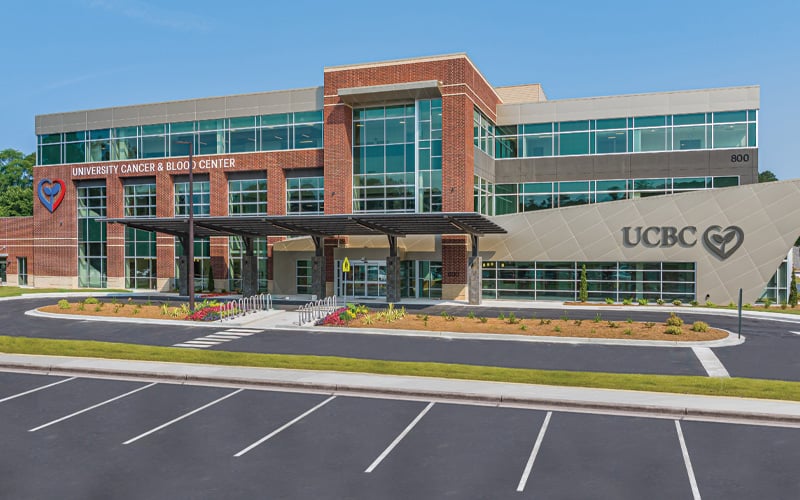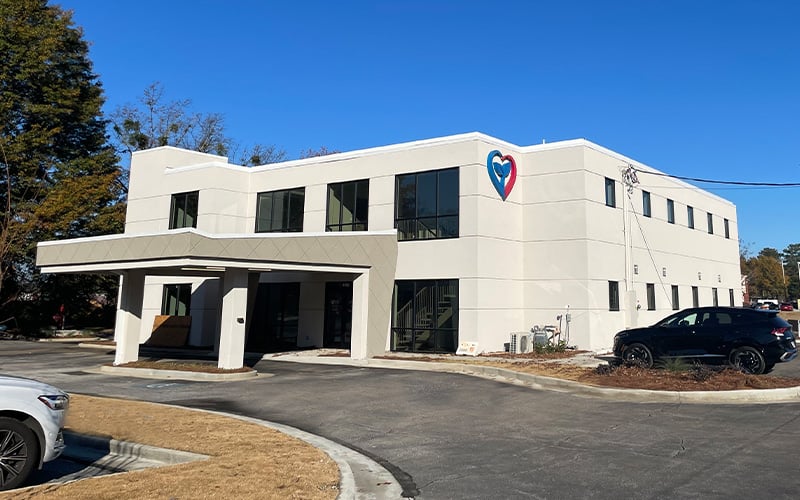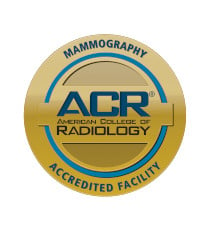Cancer screenings can detect cancer in its earliest stages, often before noticeable symptoms arise, and when it may be easier to treat or cure. There are several types of screenings including lab tests, physical exams, and medical imaging — all designed to detect different varieties of cancer.
While you’ll want to discuss your individual risk factors and personalized screening recommendations with your provider, in general, most adults will need one or more of the following tests at some point. Consider checking these off your list early in the year to give yourself peace of mind and to free up time for other priorities as the year progresses.
5 Cancer Screenings to Schedule at the Start of the Year
1. Pap Test
A Pap test (also known as a Pap smear) is typically performed during the pelvic exam portion of an annual gynecological visit. During this quick in-office exam, a doctor collects cells from the cervix, which are sent to a lab to look for changes that could indicate the future development of cancer. Most women aged 21 to 65 should receive a Pap test every three years. In some cases, a Pap test may be combined with or replaced by a test for human papillomavirus (HPV), the condition that can lead to cervical cancer.
2. Mammogram
Mammography involves X-ray imaging of the breasts to check for abnormalities in the tissue which could be cancer. Women who are 50 to 74 and have an average risk should receive a mammogram every two years, but screenings may need to begin earlier for women with a higher risk. Individual risk factors include having a family member who has had breast or ovarian cancer, receiving previous radiation therapy to the chest or breasts, and having certain genetic mutations, among others.
3. Prostate Screenings
As with breast cancer, screening recommendations for prostate cancer vary by specific factors, including age, race, and family health history. For example, men with an average risk and a life expectancy of at least 10 years should begin screenings at age 50, whereas men with higher risks may need to begin screenings as early as age 40. Intervals for future screenings will be determined based on findings from initial tests. Prostate screenings may involve multiple approaches, including a digital rectal exam and prostate-specific antigen (PSA) blood test.
4. Colonoscopy
Most people with an average risk of colorectal cancer should begin screenings at age 45. The most common method is a colonoscopy, typically performed every 10 years, which checks the colon for abnormalities. Within recent years, other options have emerged, including CT colonography and stool-based tests. Testing methods vary in terms of accuracy and frequency, so discuss available options with your providers to make an informed decision.
5. Lung Screening
Lung cancer screenings are performed using low-dose computed tomography (LDCT). They aren’t recommended for everyone, as they could create issues such as false positives and expose you to some level of radiation. Thus, these assessments are generally only recommended for specific populations of smokers, including if you’ve smoked a pack a day for at least 20 years (or two packs a day for at least 10 years), are between the ages of 50 and 80, and have smoked within the past 15 years.
As a leading cancer care provider, University Cancer & Blood Center offers a wide range of treatment options and compassionate care. Find out more about our cancer care services by contacting us online or by calling 706-548-0500.


















